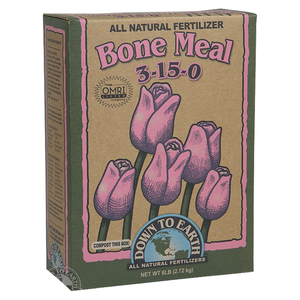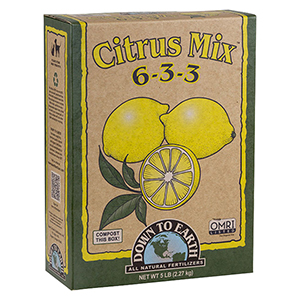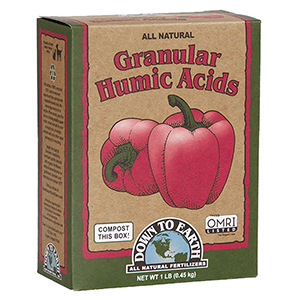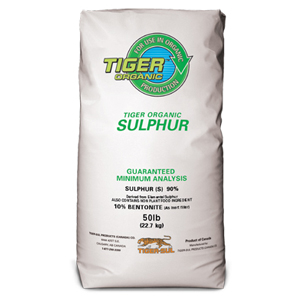Blossom End Rot
Blossom End Rot is not actually a disease, but rather a symptom of calcium deficiency. It commonly affects crops like tomatoes, peppers, melons and squash. Once fruit reach about half of their mature size, a water-soaked spot appears at the blossom end of the fruit where it turns brown and begins to rot. This renders the fruit unusable and can be symptomatic of other environmental issues (see below). While it can be disheartening, blossom end rot is easily curable in the garden.
Common Causes:
- Soil moisture issues (too much or too little)
- Root damage limiting nutrient uptake.
- Overly acidic or alkaline soil (low pH is common).
- High salt levels in soil.
- Excessive amounts of nitrogen in the soil.
How To Prevent & Control Blossom End Rot:
- Maintain soil pH around 6.5. Use sulfur or lime to lower and raise soil pH respectively.
- Limit fertilizer inputs and avoid high nitrogen materials.
- Amend soil media prior to planting. Supplement calcium in coco coir heavy media.
- Use organic mulch to limit evaporation and maintain soil moisture.
- Supplement calcium sources when symptoms are present. BONIDE Rot Stop & Monterey Foli-Cal are garden products designed as foliar calcium supplements.
-
$5.49–$11.29
-
-
$11.49
-
$135.00–$1,089.00
-
$135.00–$1,089.00
-
$135.00–$1,089.00
-
$5.79–$39.99
-
$18.59
-
$5.79–$58.99
-
$5.99–$16.99
-
$4.79–$14.59
$3.99–$14.59 -
$14.99–$49.99
$14.99–$40.00 -
$34.99–$74.99
-
$11.49–$40.99
-
$18.69–$45.89
-
$36.50–$1,050.00
-
-
$15.99
-
$11.49






















